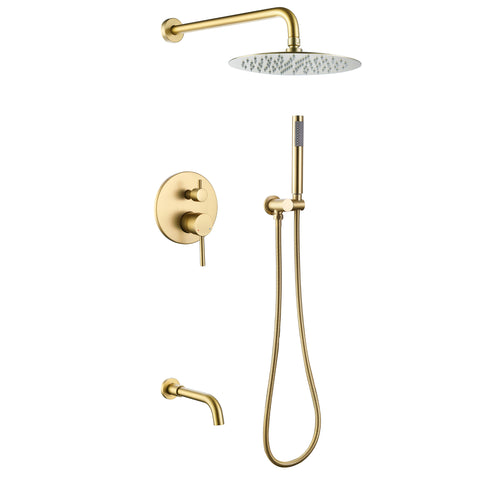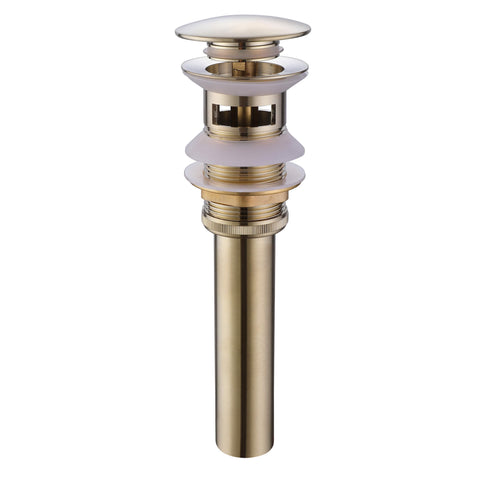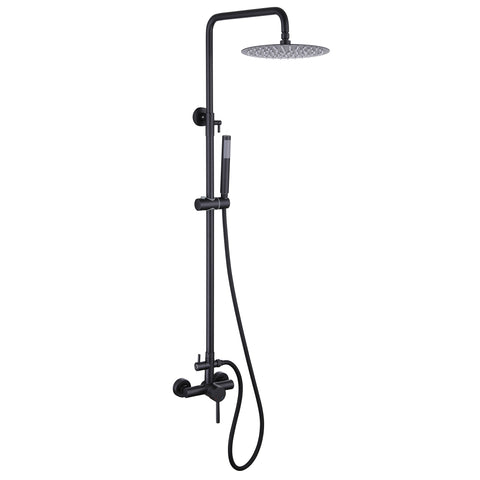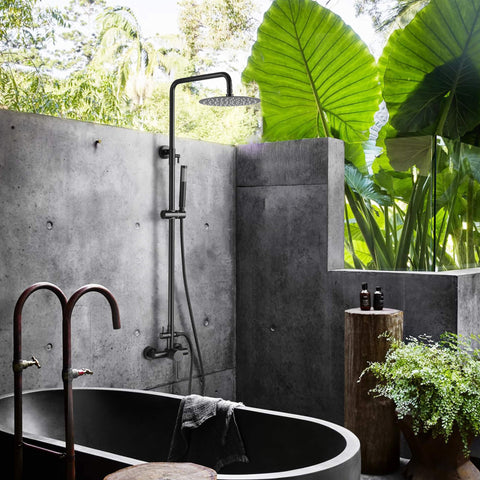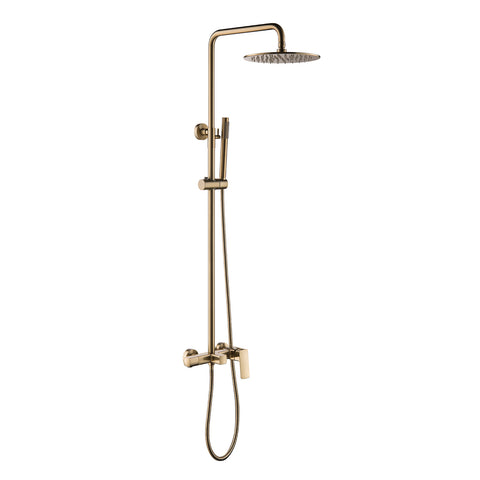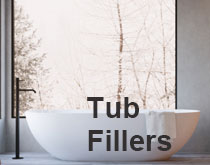The Ultimate Guide to Shower Systems: Types, Styles, and Functions
Shower systems are an essential component of any bathroom, and they come in a wide range of types, styles, and features. Choosing the right shower system can enhance your showering experience and complement your bathroom decor. In this ultimate guide, we'll explore the various types of shower systems, their styles, and the features to consider when making a selection.
Types of Shower Systems:
-
Single-Handle Shower System: This type of system has a single lever or knob to control both the water flow and temperature. It offers convenience and simplicity, allowing you to adjust the water with one hand.

-
Dual-Handle Shower System: These systems feature separate handles for controlling the water temperature and flow rate. They provide precise control over both aspects and are available in various styles to match your bathroom decor.

-
Thermostatic Shower System: Thermostatic systems have a built-in thermostat that maintains a consistent water temperature, regardless of any fluctuations in the water supply. They are especially beneficial for families with young children or individuals with limited mobility.

-
Pressure-Balancing Shower System: This type of shower system ensures a steady water temperature by automatically adjusting the pressure of hot and cold water. It helps prevent scalding or freezing shocks when water usage elsewhere in the house affects the water pressure.

-
Digital Shower System: Digital shower systems feature electronic controls, allowing you to precisely set the water temperature and flow rate. Some models offer additional features like programmable presets, touchscreen displays, and wireless connectivity for enhanced customization.

Styles of Shower Systems:
- Wall-Mounted Shower System: This is the most common style, where the shower system is mounted on the shower wall. It can be paired with various showerheads, including fixed showerheads, hand showers, or a combination of both.
-
Ceiling-Mounted Shower System: These shower systems are installed on the ceiling, providing a unique and luxurious overhead showering experience. They are commonly used in rain shower systems.

-
Freestanding Tub Faucet: These stand-alone shower systems are not attached to a wall or ceiling. They are often used in freestanding tubs or as a centerpiece in spacious showers, offering versatility in placement.

-
Tub and Shower Combination System: This style combines a shower system with a bathtub faucet. It allows you to switch between the two functions and is ideal for bathrooms with a bathtub-shower combination.

Features to Consider When Buying Shower Systems:
- Water Conservation: Look for shower systems with water-saving features such as flow restrictors or aerators. These devices help reduce water consumption without compromising water pressure.
- Finish: Consider the finish of the shower system, as it affects the overall aesthetic appeal. Common finishes include chrome, brushed nickel, bronze, and brass. Choose a finish that complements your bathroom decor.
- Diverter: Some shower systems come with a diverter, allowing you to divert water between different outlets. This feature is useful if you have multiple showerheads, hand showers, or body sprays.
- Anti-Scald Protection: Safety features like pressure-balancing or thermostatic valves help prevent sudden temperature changes that could lead to scalding or discomfort.
- Ease of Cleaning: Look for shower systems with easy-to-clean surfaces and finishes, as this reduces the maintenance required to keep them looking pristine.
- Brand and Warranty: Consider purchasing shower systems from reputable brands that offer warranties. This ensures product quality and provides protection against defects or malfunctions.
